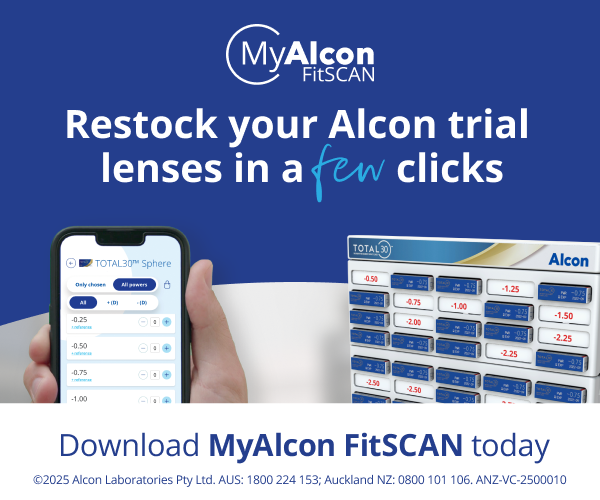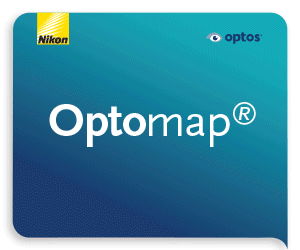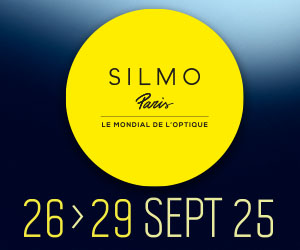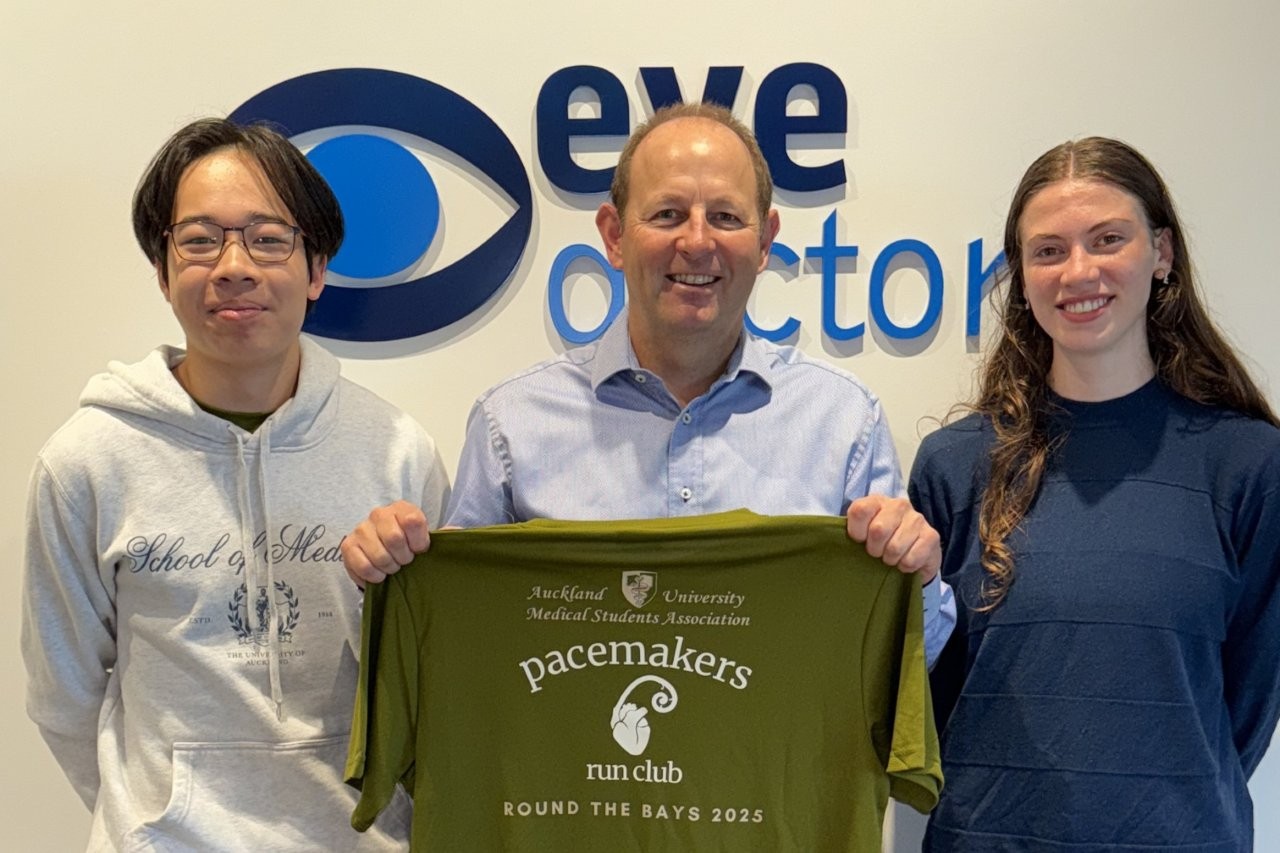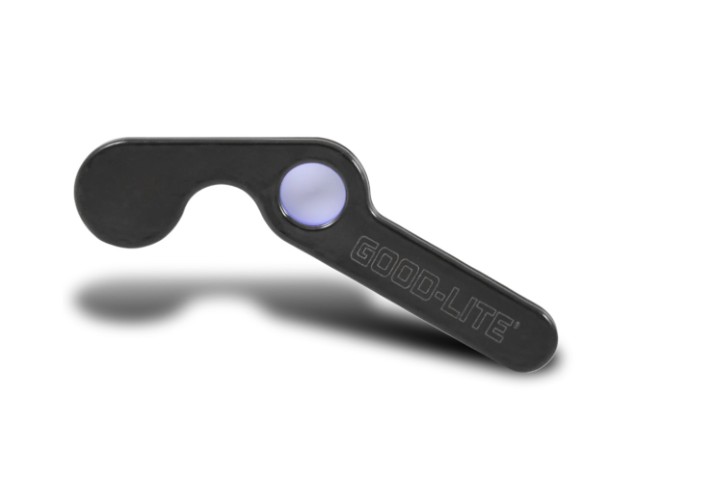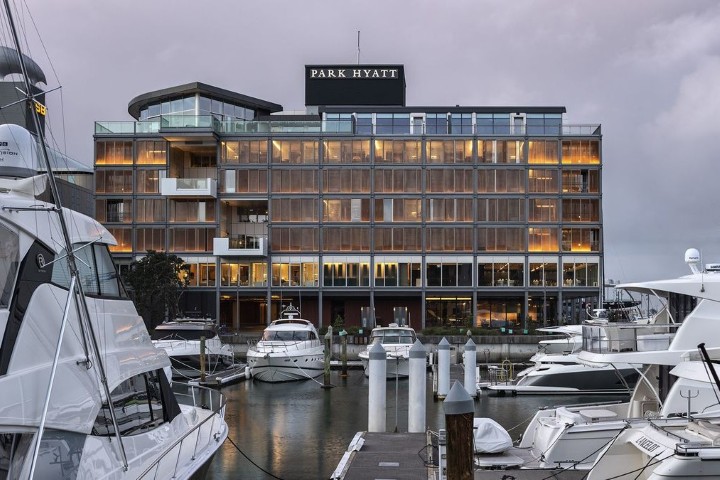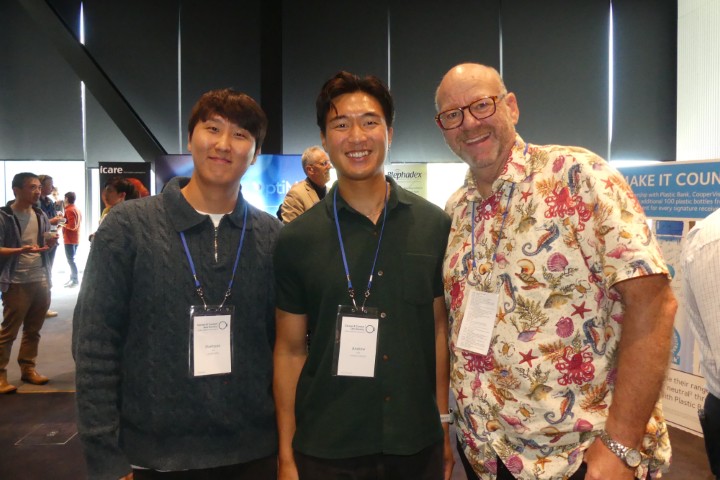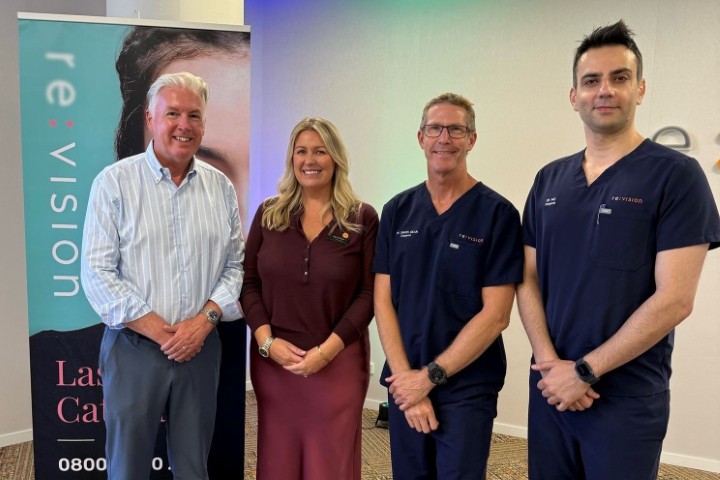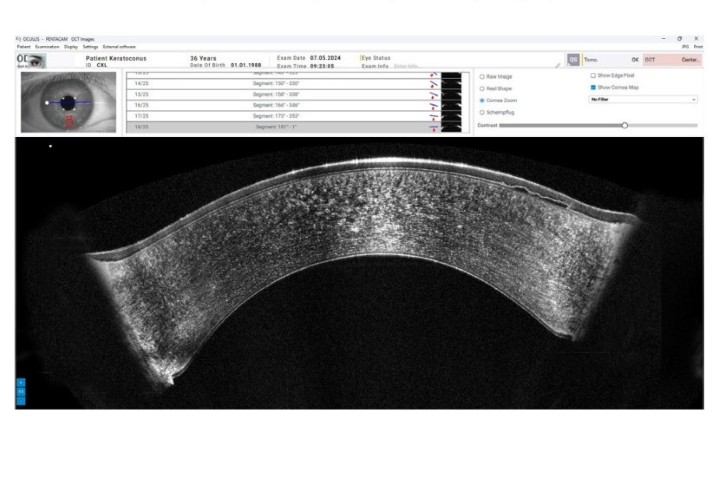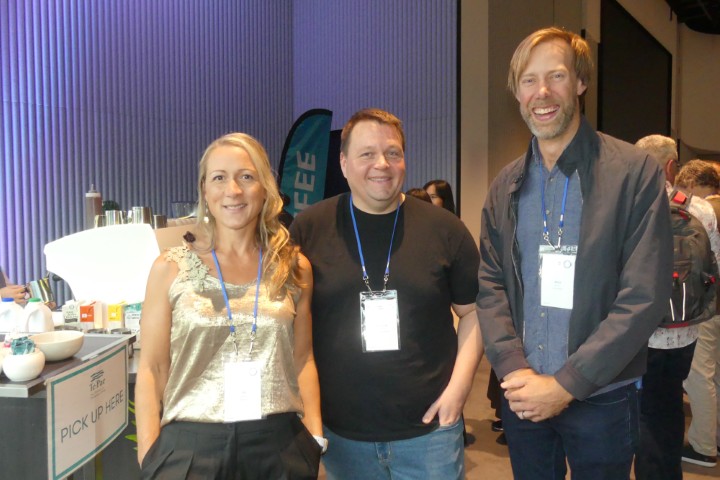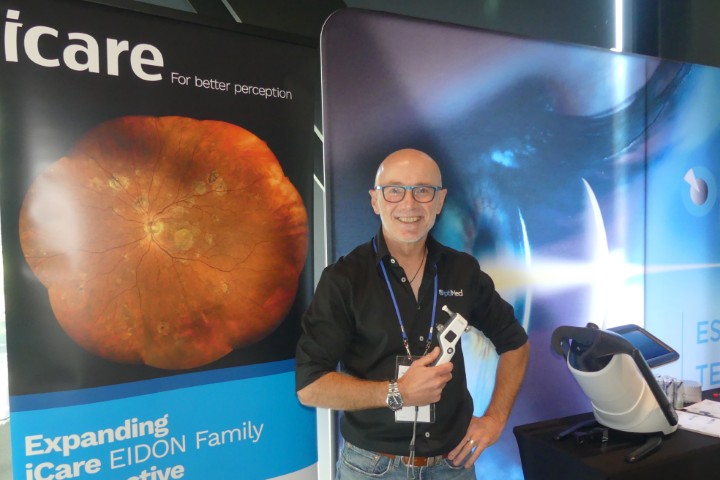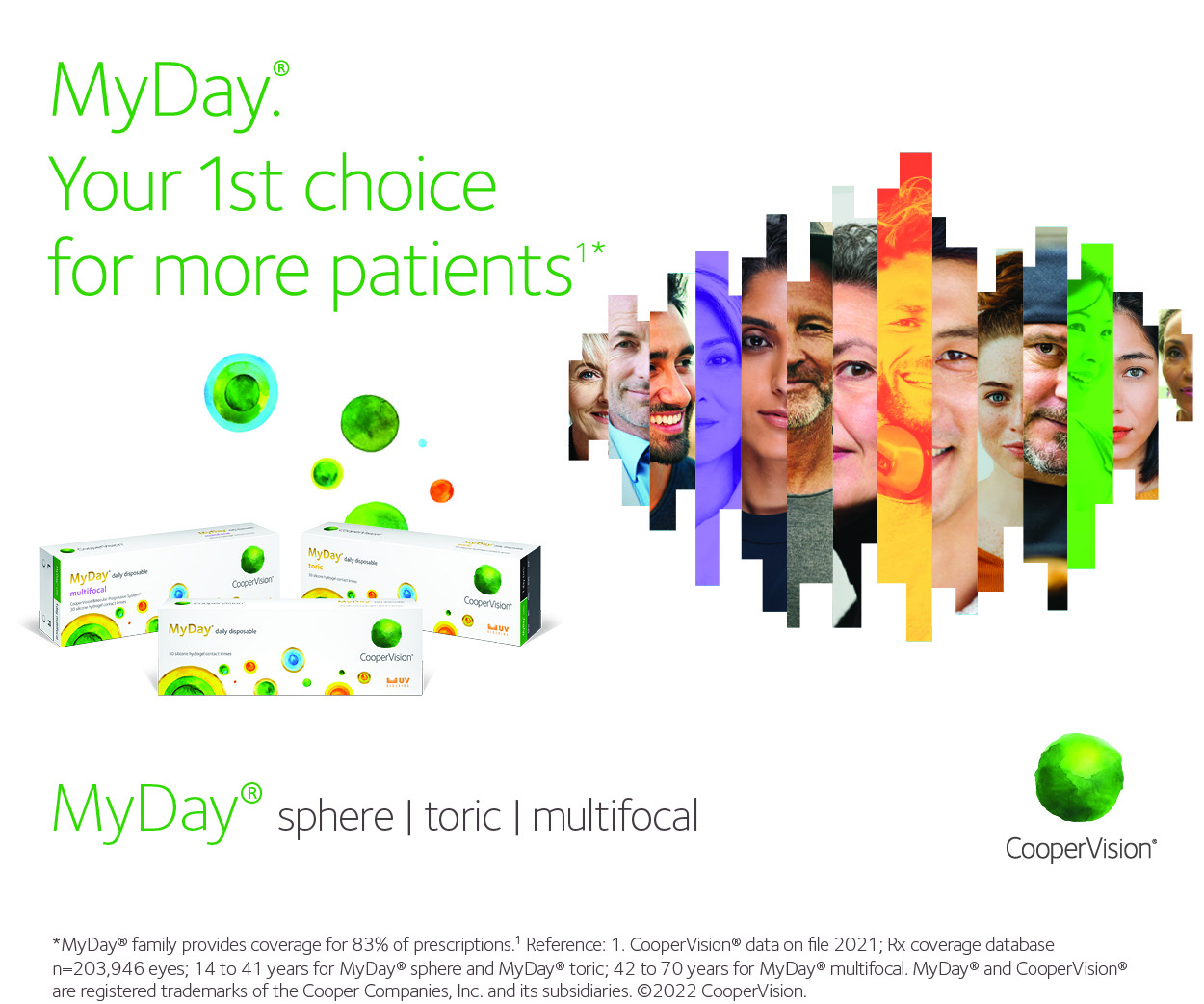Hydrogel smart contacts
Researchers say they have developed a contact lens with an integrated LED light, including an ultra-thin silicon microchip, radio‐frequency (RF) antenna for wireless energy transfer, and stretchable thin‐film interconnections.
Different from the traditional contact lens-type wearable devices made of non-water-containing material, this device is made of hydrogel-based material. They say this demonstration of autonomous electronics in hydrogel-based soft lenses opens the door to unique applications such as lenses with sensors and/or drug-delivery systems for the treatment of different eye disorders, at the congenital, post-surgery or trauma level. They say the main advantages of such devices are their low invasiveness level and continuous monitoring in an almost imperceptible manner.
With electronic systems getting ever smaller and with the possibility of having electrical power on-lens, it becomes feasible to integrate a variety of transducers (i.e. physical, biochemical, etc.) into a lens, but the researchers said, the challenge was to integrate a complete autonomous system and make it as flexible as a soft lens, without compromising its oxygen-permeable nature and the integrity of the electronics components.
A research group at Ghent University in Belgium, together with Japanese contact lens manufacturer, Seed, demonstrated a semi-passive smart lens with blue LED light powered by an RF coupling. Besides power transfer, the researchers said, the RF link could be used to calibrate the integrated transducers and reading the sensors out into a handheld device for further post-processing. Very precise fine‐tuning of the thermoforming parameters and optimisation of strain‐release patterns on the lens enabled the researchers to achieve oxygen permeable, thin, non-developable and wrinkle‐free contact lenses with integrated electronics.
“Flexible and stretchable electronics hold a lot of promise for medical applications,” explains Andrés Vásquez Quintero, a professor at UGent. “They can be integrated in intelligent clothing, and even – when combined with highly miniaturized electronics – in smaller devices such as contact lenses. Major challenges have to be overcome to make a truly autonomous smart lens which is comfortable to wear and stable for a few days or even weeks. The integration of a LED light in a semi-passive RF wireless platform is the first important step towards a device that will change the lives of many.”
“With this technology, contact lens-type wearable devices could be mass produced just like existing contact lens products, ” said one of the Seed developers of the device. “The device could be installed on the outer side (tear film side), the inner side (cornea side), or in the center part of the contact lens. The adjustability of location is valuable for the biosensing field.” She added that the possibility of mass production meant the lensed could be disposable in future.





